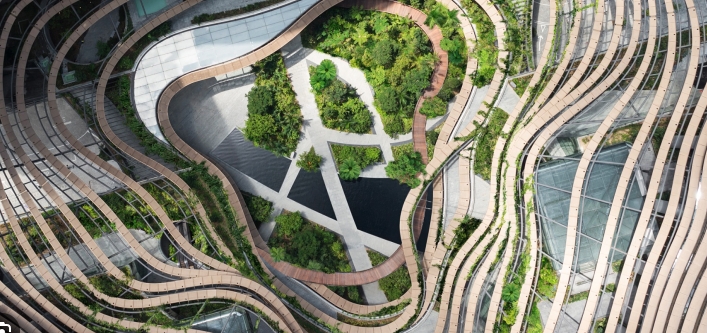Landscape architecture and architecture are two interrelated disciplines that often intersect and complement each other in the design of spaces. The intersection of these two fields opens up a world of possibilities for creating innovative and harmonious environments that enhance the overall user experience.
Enhancing the User Experience
By integrating landscape architecture and architecture, designers can create spaces that not only look beautiful but also function effectively. The careful placement of buildings and outdoor elements can create a sense of cohesion and harmony, providing a seamless experience for users as they move through the space.
Blurring the Boundaries
In many projects, the distinction between landscape architecture and architecture becomes blurred, as designers work to create a cohesive and integrated environment. Buildings may be designed to blend seamlessly with their surroundings, incorporating elements of the landscape into their design, while outdoor spaces may be designed to complement the architecture, creating a unified and harmonious experience.
Creating a Sense of Place
The intersection of landscape architecture and architecture allows designers to create spaces that have a strong sense of place and identity. By incorporating elements of the local landscape and culture into the design, designers can create spaces that are unique and reflective of their surroundings, enhancing the overall user experience and creating a strong connection to the place.
Promoting Sustainability
Landscape architecture and architecture also intersect in the realm of sustainability, as designers work to create spaces that are environmentally responsible and energy-efficient. By integrating green infrastructure, sustainable materials, and energy-efficient design strategies into their projects, designers can create spaces that are not only beautiful and functional but also ecologically sound and socially responsible.
Collaborative Design Process
The intersection of landscape architecture and architecture often requires a collaborative design process, with designers, architects, engineers, and other professionals working together to create integrated and cohesive spaces. By bringing together diverse perspectives and expertise, designers can create spaces that are both visually stunning and highly functional, enhancing the overall user experience.
In conclusion, the intersection of landscape architecture and architecture offers a wealth of opportunities for creating innovative and harmonious environments that enhance the overall user experience. By blurring the boundaries between these two disciplines, designers can create spaces that are not only beautiful and functional but also environmentally sustainable and socially responsible. By fostering a collaborative design process and creating spaces that have a strong sense of place, designers can create spaces that inspire, engage, and enrich the lives of their users.

